Can you tell if these popular science myths are science fact or fiction?
Orlando Science Center would like to clear the air on a few things. Somehow a few misconceptions have seeped their way into science culture. We would like to explore some of these popular science myths and explain why they are false by using scientific facts.
Cracking your knuckles frequently increases your chance of developing arthritis in your hands.
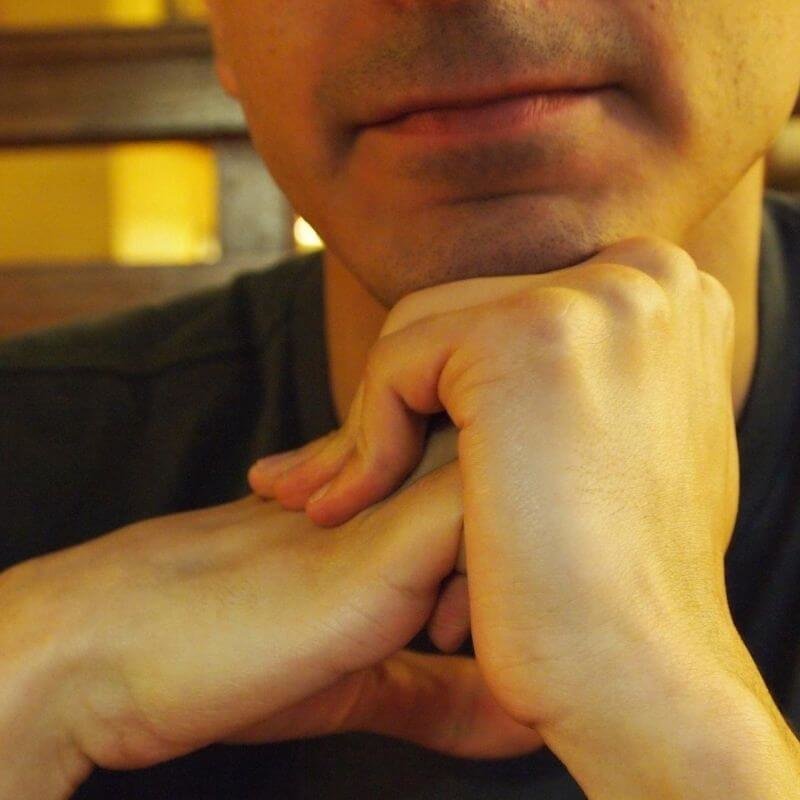
While cracking your knuckles may be annoying for those around you, it has no correlation to arthritis in those joints. Several studies that aimed to find a link between the two found no substantial evidence of any correlation. However, those who excessively cracked their knuckles did have slightly weaker grip strength later in life.
This makes sense though - knuckle cracking is a bubble being formed and popped by the liquid that surrounds your knuckle joints. It causes no trauma to these areas that would accelerate the onset of inflammation to these joints, which is what arthritis is.
Toilets flush in opposite directions depending on which side of the equator you find yourself on.

The popular science myths that toilets flushes or other small movements of water move in different directions is often credited to something called the Coriolis Effect. The Coriolis Effect is a pattern of deflection that things that are not firmly connected to the earth but travel long distances across the planet. Since the earth rotates faster at the equator than at the polar poles, objects will appear to rotate to the right in the northern hemisphere and to the left in the southern hemisphere. This is why hurricanes spin in opposite directions in the two hemispheres.
However, the Coriolis Effect only influences things moving great distances of long periods of time on earth, not a 5 second toilet flush. If you want to see the Coriolis Effect in action, grab a buddy, get on a merry-go-round, and toss a ball while it’s stationary. Then spin it and toss the ball again. You will see the ball appears to curve, but in fact the ball is traveling in a straight line. It is you who is moving due to the spin of the merry-go-round.
Lightning never strikes the same place twice.

The idea that lightning doesn’t strike the same place twice is a popular misconception but, that’s all it is- a misconception. We know this to be true as lightning strikes are too frequent to not strike the same place on earth multiple times. Studies show that around 500 – 1000 lightning strikes happen globally every second! The Empire State Building was once used a lightning laboratory because the building is struck with lightning around 100 times a year.
The way lightning works supports the idea of multiple strikes. With negative charge collecting in the clouds and positive charge collecting on the ground, streamers (which are collections of electrons racing towards the positively charged ground) descend from the cloud to find the path of least resistance, and when the first one hits the ground 50,000 volts of electricity shoot up from the ground to the cloud following the streamer's path.
Bulls become angry when they see the color red.
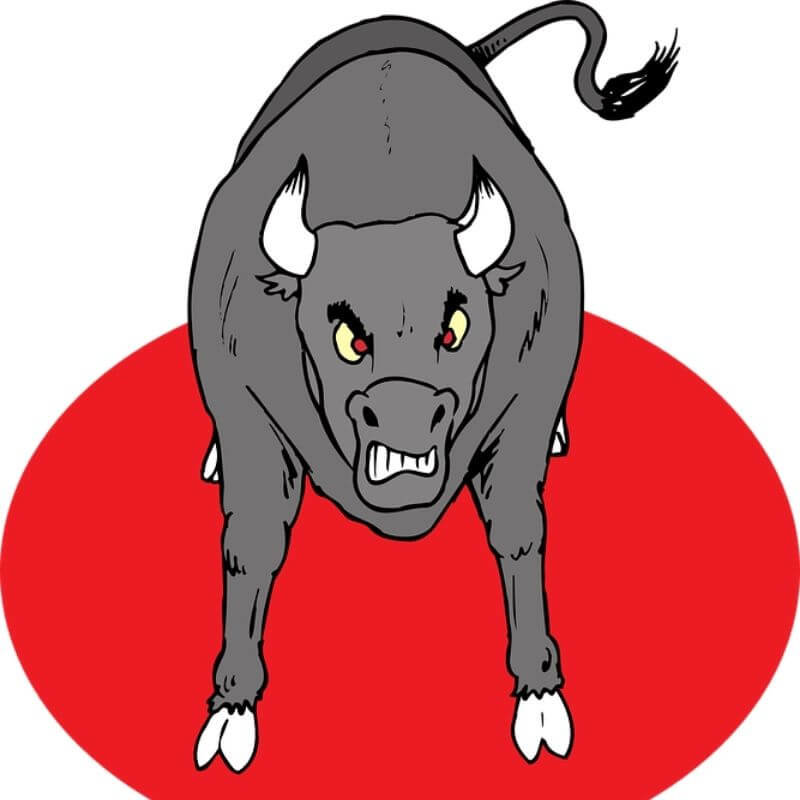
The popular myths that bulls become angry when they see red, or are unsually violent animals, comes from the tradition of bullfighting, where a matador waves around a red cape, or a muleta, and the bull charges the cape with fervor.
However, it's not the color of the cape that angers the bull but it’s the movement of the cape. We know this based on many experiments with different colored capes being stationary and being moved and the bull favored movement over the color of the cape every time. We also know that bulls are actually red-green colorblind and would have a hard time distinguishing red from green, orange, and brown.
A duck’s quack does not echo.
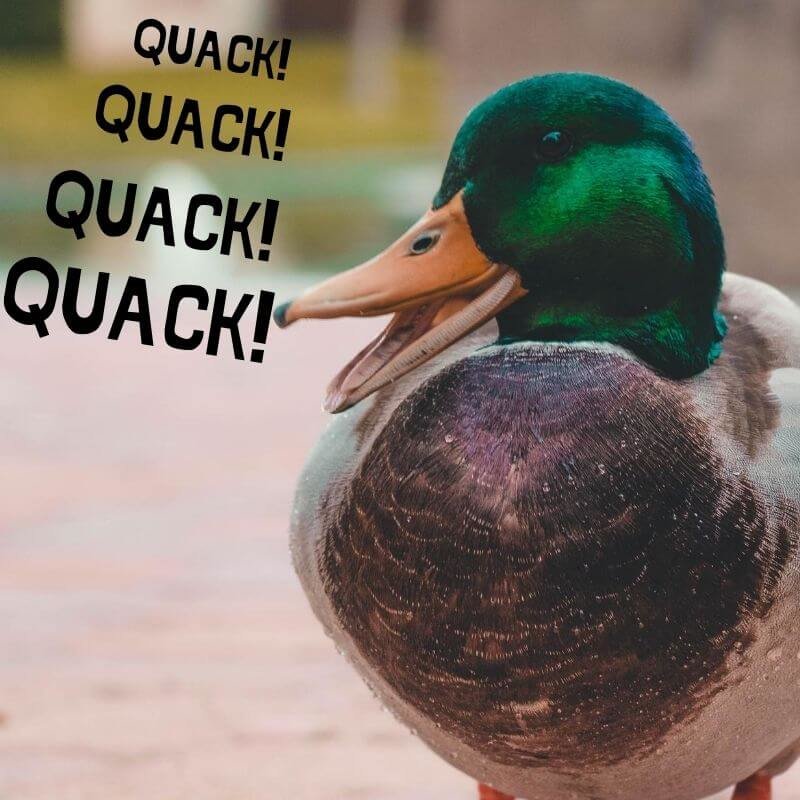
A duck’s quack not echoing is a myth that stems from the fact that it is simply very difficult to hear the echo. A reverberation chamber helps amplify echoes by giving sounds large reflective surfaces for the sound to bounce back on or echo off of. Using a reverberation chamber and waiting for a good quack is all you need to do to prove that a duck’s quack does indeed echo. But why is it so hard to hear a duck’s quack echo without this chamber?
Many reasons can contribute to creating an echo in the wild. A duck needs to have a large surface far enough away to reflect off of and the strength behind its quack to reach said surface and make it back to your ears at a volume that is loud enough for our ears to hear. A sudden change in volume is easier to hear than the way that a duck quacks - a fading in of volume and fading out of volume over the entire sound.
The north star is the brightest star in the night sky.
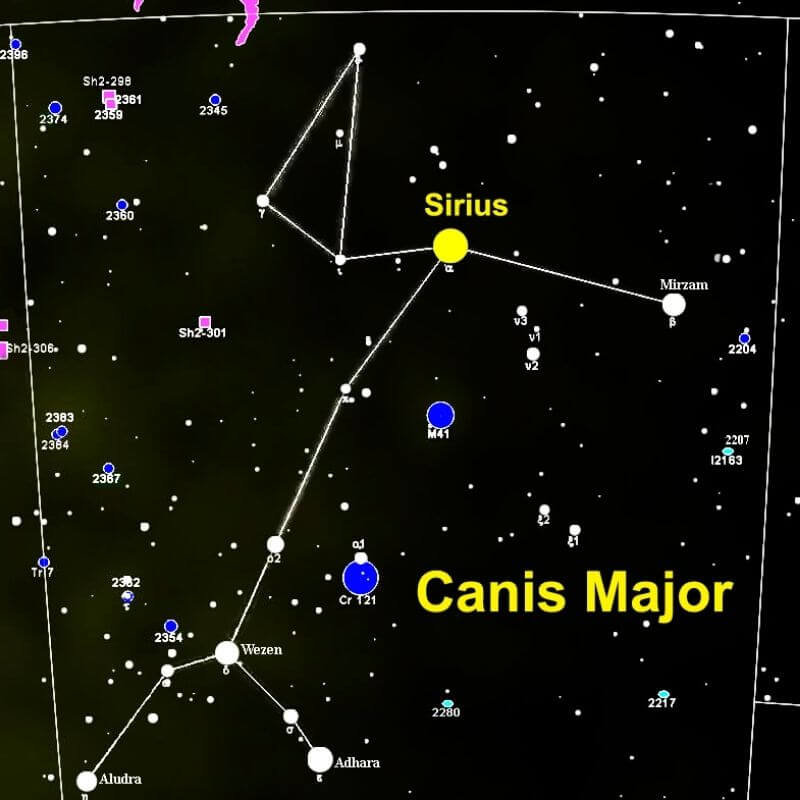
The north star, or Polaris, is the star that is positioned right above the celestial pole. The celestial pole is the axis that the celestial sky rotates around, the point in the night sky that doesn’t move as the earth rotates, therefore showing true north.
Polaris is not the brightest in the night sky - not even close! Polaris is about 50th in terms of brightness. The brightest is the dog star, Sirius. Sirius comes from the Greek word Seirius, meaning, "searing" or "scorching, which is fitting as Sirius is so bright in the northern hemisphere! It is twice as bright as the next brightest star, Canopus.
The Great Wall of China is the only man-made thing visible from space.
Image to right: This photo of central Inner Mongolia, about 200 miles north of Beijing, was taken on Nov. 24, 2004, from the International Space Station. The yellow arrow points to an estimated location of 42.5N 117.4E where the wall is visible. The red arrows point to other visible sections of the wall.
Credit: NASA

The Great Wall of China is certainly large, at 13,171 miles long! That’s thirteen times the distance from the Orlando Science Center to the Empire State Building! However, it is unable to be seen from space with just the unaided eye.
On November 24th, 2004, an astronaut named Leroy Chiao was determined to get a picture of the wall from space. With the aid of his camera’s lenses, he was able to capture the first picture of the Great Wall from space. So what things are able to be seen from space? From low earth orbit, astronauts have said they can see cities, major roadways, dams, and even airports. So why can’t they see the Great Wall? It’s all about color. The Great Wall of China is nearly the same color as the area surrounding it, so it's difficult to distinguish the wall from its surroundings.
Ostriches stick their heads into the ground when threatened.
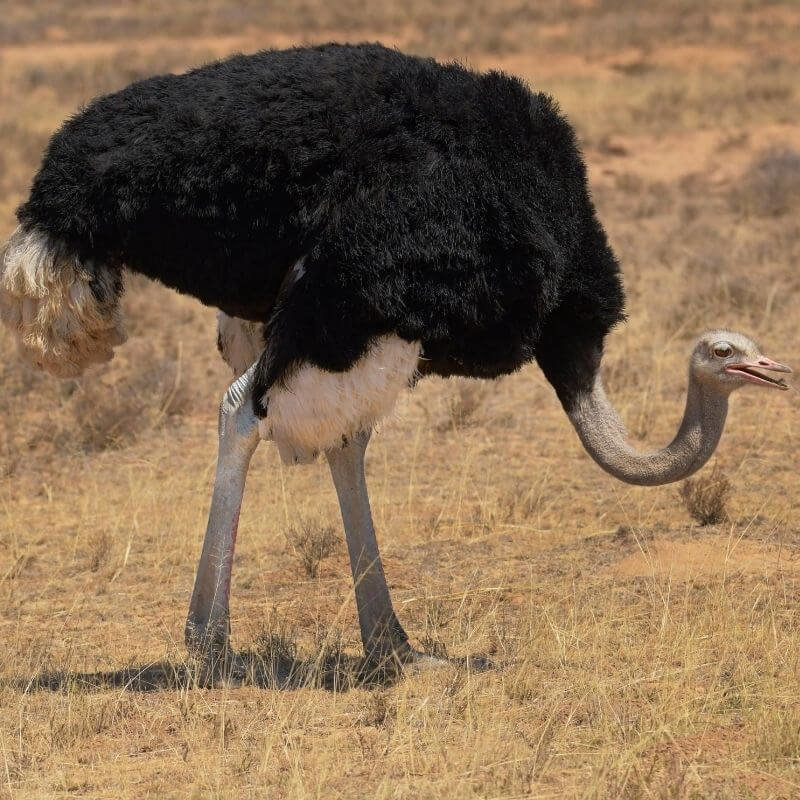
Contrary to the popular myth, Ostriches don’t stick their heads to the ground when they feel threatened. Their first instinct is to run, and they are fast! Ostriches can outrun most predators that they encounter in the wild. Their top speeds reach 43 miles per hour! If they can't run, they aren’t afraid to fight. An ostrich can kick with their clawed feet so hard they can easily take out a full-grown lion.
However, this myth did have an origin in ostrich behavior. Ostriches will lay down flat to play dead if they feel they can’t win the fight, this combined with their lightly colored head and neck makes it look as if they ostrich has buried its head into the earth.
Mice love cheese.
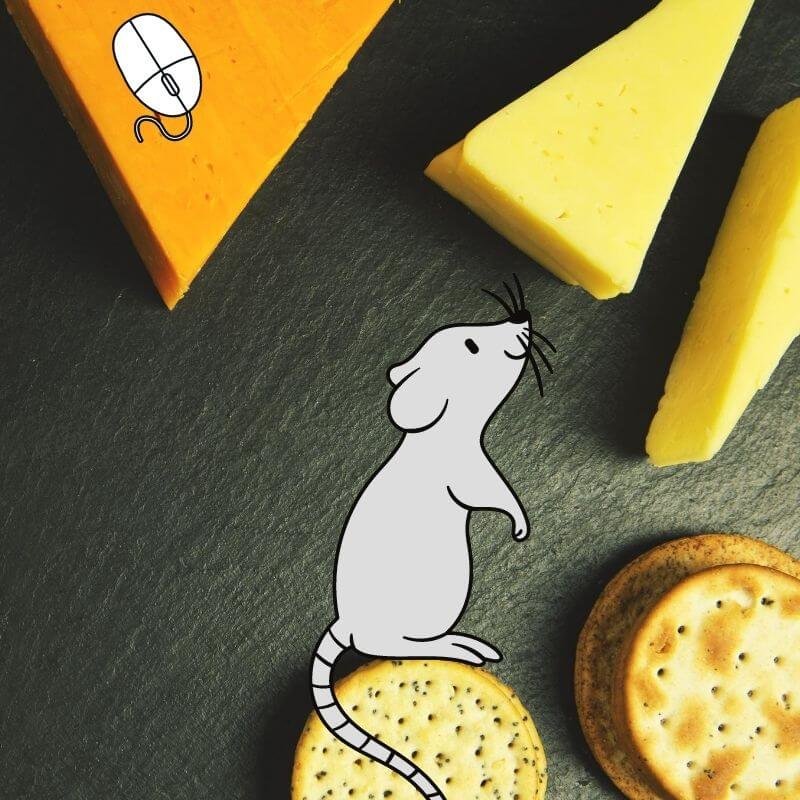
If you’re trying to capture a mouse, cheese isn’t necessarily the best thing to use as bait. While it is true that mice will eat cheese, it’s not necessarily true that they prefer or even like it. Mice will eat anything that has some sort of nutritional value, including cheese. However, studies show that given a choice, a mouse would pick a sweeter food choice like fruit or candy over cheese.
The popular science myths that mice, or other small animals, love cheese originated in medieval times when families didn’t have refrigerators. They hung meat from the ceiling and stored grain in silos, but cheese was simply wrapped in a thin layer of wax or cloth, making it much easier for rodents to find and eat the cheese. In fact, during the bubonic plague, it was common practice to forgo cheese in diets as to not attract mice because people thought they were attracted to it when, actually, it was just the easiest thing to find in an average house.
All dinosaurs went extinct by an asteroid hitting earth.
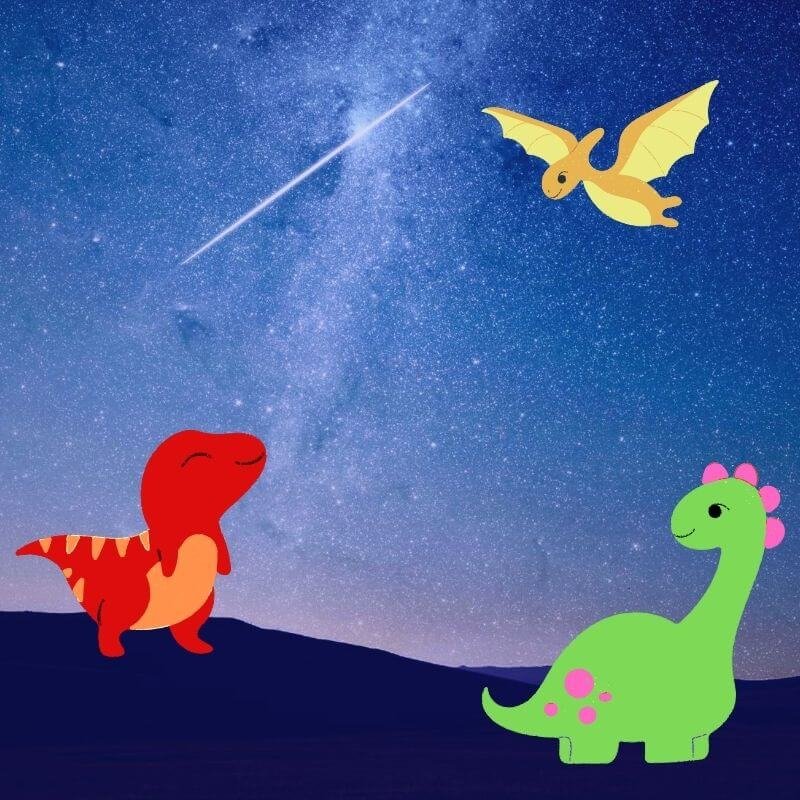
We imagine that this one is shocking to hear, but the asteroid that killed the dinosaurs didn’t finish the job. The asteroid, or the K-T extinction event, that happened 65 million years ago wiped out about 80 percent of all plant and animal life on the planet. The effects of the asteroid and the winter fallout that occurred afterward killed all tetrapods (four-legged animals) that weighed over 50 pounds.
However, some small species of dinosaurs survived and evolved into modern-day birds. This is supported but fossils that have been found that are dated past the sedimentary layer of the K-T event. This is why scientists say birds are direct descendants of the dinosaurs. This event, however, did lead to many mammals evolving into larger and more complex species as, during the time of large meat-eating lizards, mammals tended to become meals. With ecological niches open due to the K-T event, mammals were able to evolve.
Expand on the activity!
How much do you know about our canine companions? Test your knowledge with these fun science facts about dogs!
Science Facts About Dogs: Unleash Fun Facts About Your Furry Friends!
Put your bee identification skills to the test.
Bee Identification Game: To Bee or Not to Bee
OSC At Home Emails
Get a round up of our latest activities and ideas delivered straight to your inbox so you don't miss a thing!
Support OSC At Home
In these ever-changing times, it is our pleasure to adapt quality Orlando Science Center experiences to engage with everyone while they are safe at home. Please consider supporting our operating fund to ensure we can continue developing resources today and well into the future. Thank you for your generosity and support!

